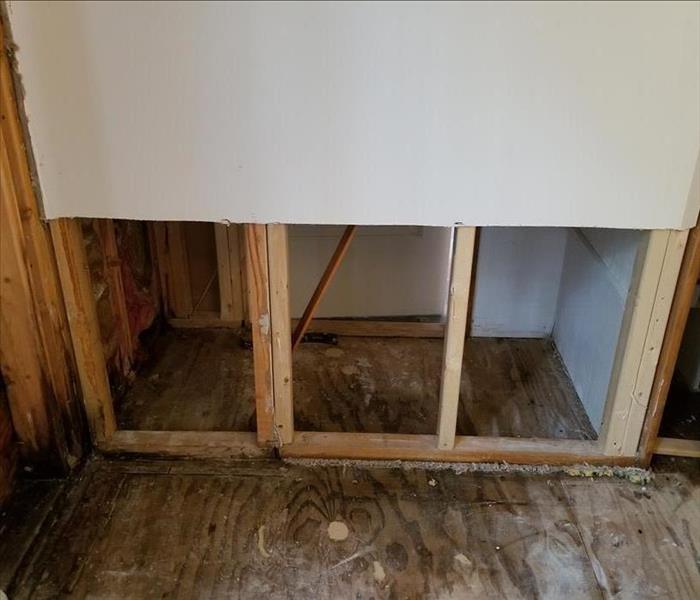How to Clean and Restore Water-Damaged Upholstery
2/14/2024 (Permalink)
Water damage can be particularly distressing when it affects your upholstered furniture. Whether due to a burst pipe, flooding, or a leaky roof, water-damaged upholstery requires immediate attention to prevent permanent damage and unpleasant odors. In this blog, we'll guide you through the proper steps for cleaning and restoring water-damaged upholstery, helping you revive the comfort and aesthetics of your furniture.
Assessment and Safety
Before beginning the restoration process, assess the extent of the water damage. Ensure that the area is safe to work in, and if the water damage is severe, consider seeking professional assistance.
Time is of the essence when dealing with water-damaged upholstery. The longer moisture lingers, the higher the risk of mold and mildew growth. Begin the cleaning and restoration process as soon as possible to prevent further damage.
Remove Excess Water
If the upholstery is saturated, start by removing excess water. Blot the affected areas with absorbent towels or use a wet/dry vacuum to extract as much moisture as possible.
If the furniture is movable, separate wet cushions and pillows from the frame. Place them in a well-ventilated area to air dry. Use fans and dehumidifiers to speed up the drying process.
Avoid Sunlight and Heat
While air drying, avoid direct sunlight and excessive heat, as these can cause colors to fade and fabrics to shrink. Opt for a controlled drying environment to maintain the integrity of the upholstery.
Once the upholstery has dried, clean it with a mild detergent. Test the detergent in an inconspicuous area first to ensure it doesn't cause discoloration. Gently scrub the fabric with a soft brush or sponge. Water damage often leaves behind unpleasant odors. Mix equal parts white vinegar and water and lightly spray the upholstery. Allow it to air dry. Vinegar is effective in neutralizing odors without causing additional damage.
Steam Cleaning for Deeper Cleaning
For more thorough cleaning, consider using a steam cleaner designed for upholstery. Steam cleaning helps remove dirt and bacteria while sanitizing the fabric. Follow the manufacturer's instructions for safe use.
In cases of severe water damage or extensive staining, professional upholstery cleaning services may be necessary. Professional cleaners have the expertise and equipment to tackle challenging issues and restore your furniture to its former glory. Once the upholstery is clean and dry, consider applying a fabric protector. This helps repel future stains and water damage, providing an additional layer of defense for your furniture.
Consult Manufacturer Guidelines
Always refer to the manufacturer's care instructions for your specific upholstery. Different fabrics and finishes may require unique cleaning methods, and following guidelines ensures you don't inadvertently cause further damage.
Once all components are clean and dry, reassemble the furniture carefully. Ensure that all cushions and pillows are completely dry before placing them back on the frame.
Water-damaged upholstery doesn't have to spell the end for your favorite furniture pieces. With prompt action, the right cleaning methods, and a commitment to thorough restoration, you can revive water-damaged upholstery and enjoy a fresh start for your beloved furnishings.

 24/7 Emergency Service
24/7 Emergency Service
